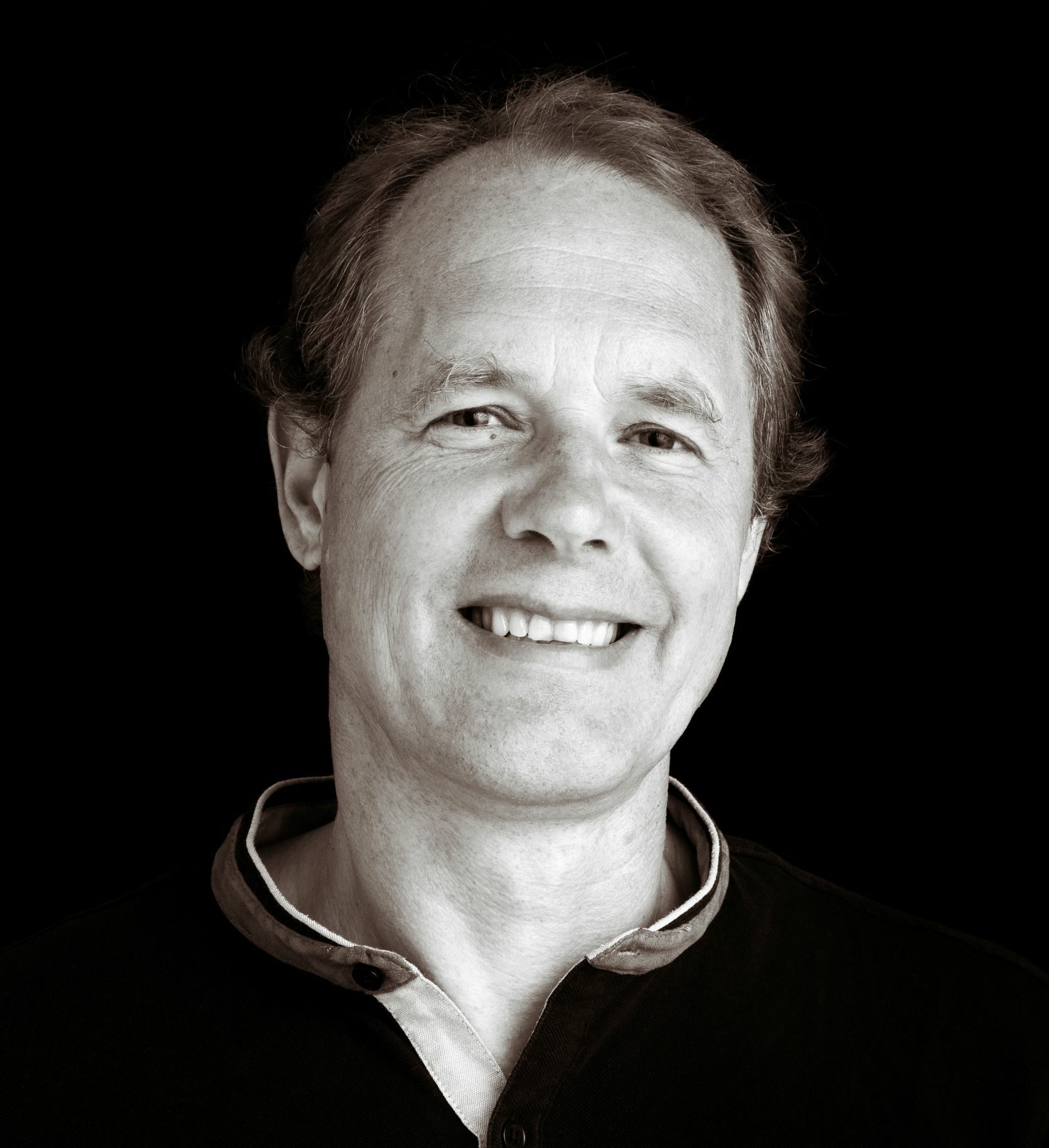
Villan som producerar tre gånger mer energi än den gör av med
Uppmärksamhet är alltid roligt, speciellt när det kan leda till något bra. För ett drygt år sedan bestämde sig Olle Larsson som äger Sisyfos Fastighetsförädling att det vore kul att göra något riktigt svårt. Detta efter att ha lett omvandlingen av Wenngarn. Eftersom jag stöttat dem kring hållbarhetsfrågor blev jag också djupt involverad i detta spännande projekt. Sex månader senare invigdes Hus utan sladd av Stockholms landshövding tack vare idogt arbete av alla inblandade leverantörer och inte minst Sisyfos duktiga medarbetare.
Sedan dess har det varit många besök i huset och det har också blivit så att jag flyttat in i huset och fått riktig hands-on när det gäller alla lösningar och produkter. Under februari kom så DN på besök och i helgen kom deras artikel. 
När en tidning som DN skriver så får det genomslag och många har hört av sig de senaste dagarna för besök och föredrag. Det tycker vi är jätteroligt för det är ju hela idén med projektet – att inspirera till en utveckling där befintlig teknik gör det möjligt att leva bekvämt utan att göra av med mycket energi och att faktiskt generera mer än vad som används. Så läs och inspireras, och kom gärna på besök. Följ gärna fortsatta utvecklingen på Hus utan sladds hemsida

Recent Comments